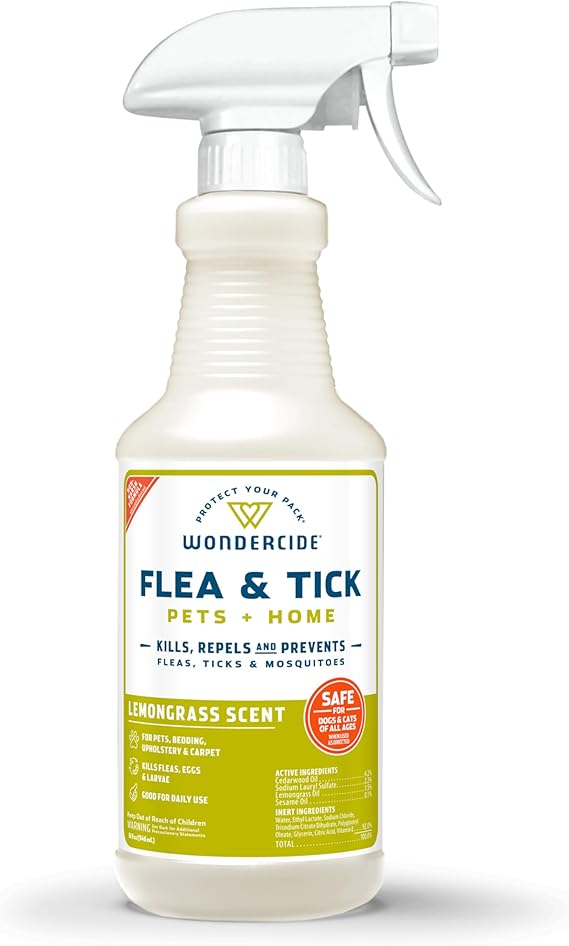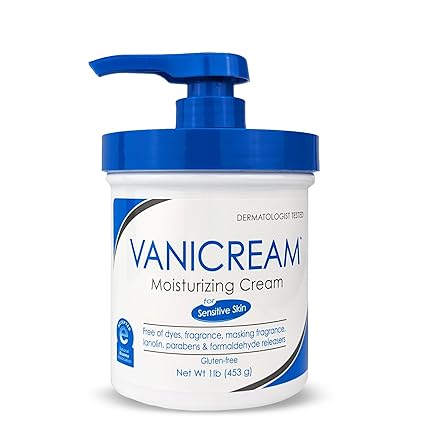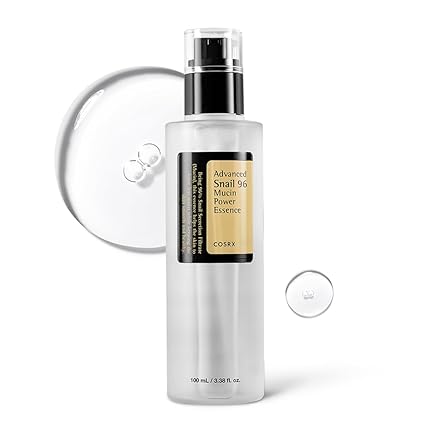5 Ways to Live a Holistic & Healthy Life
Living a holistic life means embracing practices that nurture the mind, body, and spirit in harmony. It’s about creating balance and living with intention. Here are five actionable ways to incorporate holistic principles into your daily life, supported by research and expert insights.

1. Prioritize Nutrition for Whole-Body Health
A balanced diet forms the cornerstone of holistic living. Whole, unprocessed foods such as fruits, vegetables, whole grains, and lean proteins nourish the body and mind. Research shows that diets rich in antioxidants, omega-3 fatty acids, and fiber are linked to better mental health and lower risks of chronic diseases (Grosso et al., 2017). Avoid processed foods, added sugars, and excessive caffeine, which can disrupt energy and mood.
Tip: Plan meals with a variety of colorful fruits and vegetables to ensure a range of vitamins and minerals. Mindful eating—savoring each bite and eating without distractions—can enhance digestion and satisfaction.
2. Incorporate Mindfulness Practices
Mindfulness is the practice of staying present and fully engaged in the moment. It has been shown to reduce stress, improve focus, and enhance emotional resilience (Goyal et al., 2014). Practices like meditation, deep breathing exercises, or even mindful walking can help cultivate awareness and reduce anxiety.
Tip: Start with just five minutes of daily meditation. Apps like Headspace or Calm can guide beginners in developing a mindfulness routine.
3. Stay Active with Purposeful Movement
Regular physical activity not only strengthens the body but also improves mental health by releasing endorphins and reducing cortisol levels (Hamer et al., 2008). Holistic exercise practices, such as yoga or tai chi, combine movement with mindfulness, offering both physical and emotional benefits.
Tip: Choose an activity that you enjoy and aligns with your goals. A brisk walk in nature can be as beneficial for the mind and body as an intense gym session.
4. Nurture Your Social Connections
Strong social relationships are vital for holistic health. Studies have found that individuals with robust social connections have lower rates of depression and anxiety and even live longer (Holt-Lunstad et al., 2010). Spending quality time with loved ones fosters a sense of belonging and emotional well-being.
Tip: Schedule regular check-ins with friends and family, and consider joining community groups or volunteer organizations to expand your social circle.
5. Embrace Spiritual Practices
Spirituality, in any form, can provide a sense of purpose and connection. Whether through prayer, meditation, journaling, or spending time in nature, engaging in spiritual practices can enhance emotional health and resilience (Koenig, 2012).
Tip: Dedicate a few moments each day to reflect on gratitude, set intentions, or simply connect with nature. These practices can help ground you and provide clarity.
Final Thoughts
Living holistically doesn’t mean overhauling your life overnight. Small, consistent changes can lead to profound improvements in overall well-being. By prioritizing nutrition, mindfulness, movement, social connections, and spirituality, you can cultivate a lifestyle that nurtures your entire being.
References
- Grosso, G., et al. (2017). “Mediterranean diet and cardiovascular disease: A systematic review and meta-analysis.” Critical Reviews in Food Science and Nutrition, 57(4), 614-636.
- Goyal, M., et al. (2014). “Meditation programs for psychological stress and well-being: A systematic review and meta-analysis.” JAMA Internal Medicine, 174(3), 357-368.
- Hamer, M., et al. (2008). “The effect of physical activity on stress-related blood pressure responses: A review of evidence.” Hypertension Research, 31(4), 607-612.
- Holt-Lunstad, J., et al. (2010). “Social relationships and mortality risk: A meta-analytic review.” PLOS Medicine, 7(7), e1000316.
- Koenig, H. G. (2012). “Religion, spirituality, and health: The research and clinical implications.” ISRN Psychiatry, 2012, 1-33.









